
Top 10 Inventions of Technology Most Effective Ever
Whether it’s making schoolwork easier or allowing you to communicate with people around the world, technology makes human life much easier by new inventions. Although, it is usual to criticize certain advancements, there are many that are incredibly helpful. Electric cars and airplanes use renewable energy sources like solar and wind, which are healthier for humans and the environment than fossil fuel technologies. They also help slow climate change.
1. Atomic Bomb Inventions

The atomic bomb, which unleashes tremendous explosive power through the nuclear fission of heavy isotopes such as uranium or plutonium, opened up new possibilities for weapons of mass destruction. It was first used against the Japanese city of Hiroshima and then on Nagasaki at the end of World War II. This ushered in the Nuclear Age. Its development was led by scientists working on the Manhattan Project during World War II.
HVACR systems help keep humans healthy and productive with better homes and workplaces that are more energy efficient. They are also less harmful to the environment and the planet than traditional fossil-fuel technologies.
2. Antibiotics
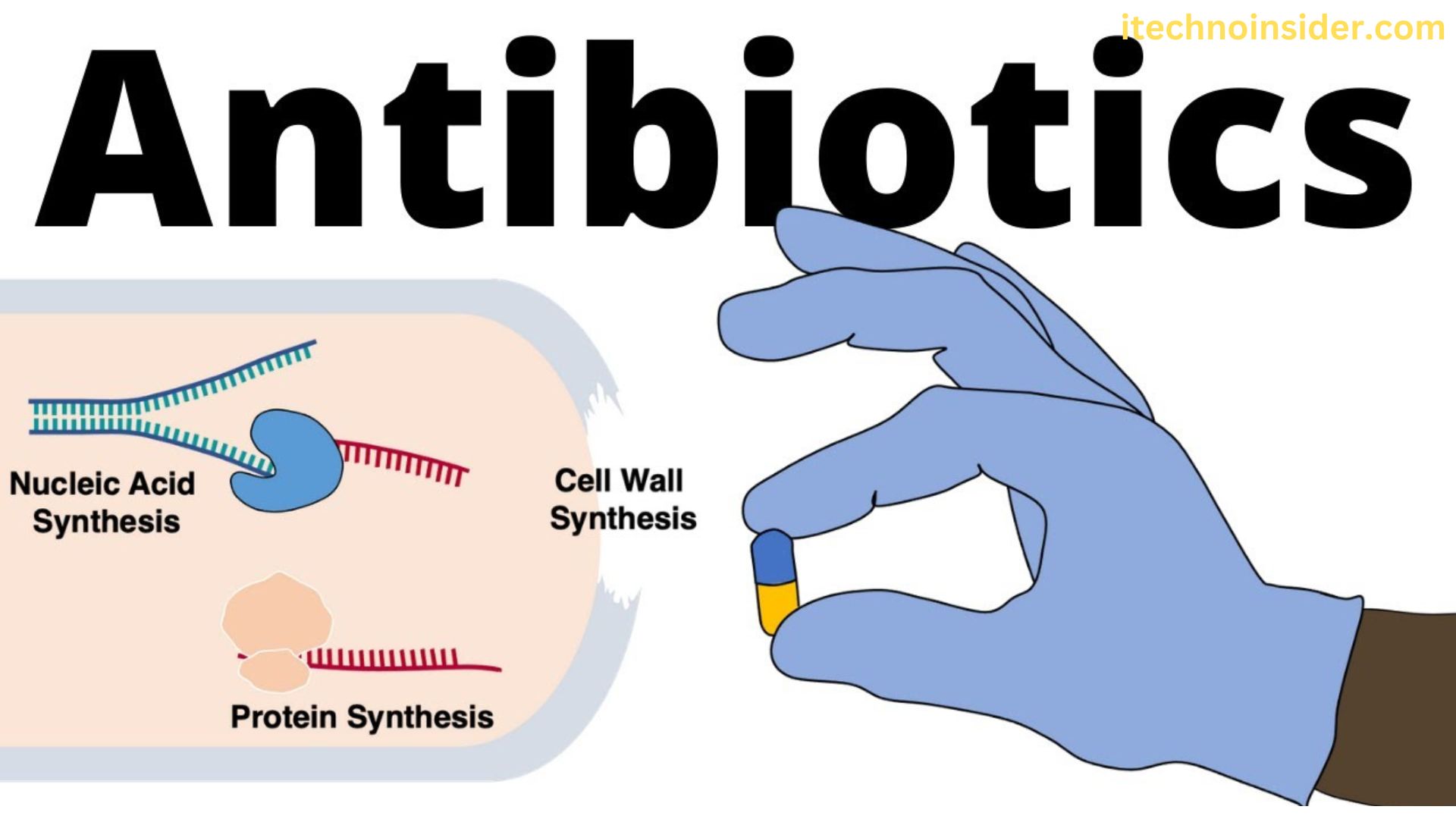
Antibiotics are medicines that prevent and treat infections caused by bacteria, viruses, fungi, or parasites. These medicines are used to save lives and improve health in people, animals, and plants. The best Inventions ever.
The rise of antibiotic resistance is a major public health threat and puts many of the achievements of modern medicine at risk. The misuse and overuse of antibiotics in humans, agriculture, and aquaculture is driving the development of resistant pathogens.
The world is facing an antibiotics crisis with a shortage of newer antibiotics and inadequate access to existing medicines. There is a pressing need to ensure access to quality diagnosis and appropriate treatment for all patients through antimicrobial stewardship programs. To help fill the gaps in newer antimicrobials, greater innovation and investment are needed. This includes a concerted effort to target the development of affordable vaccines and diagnostics.
3. X-Ray
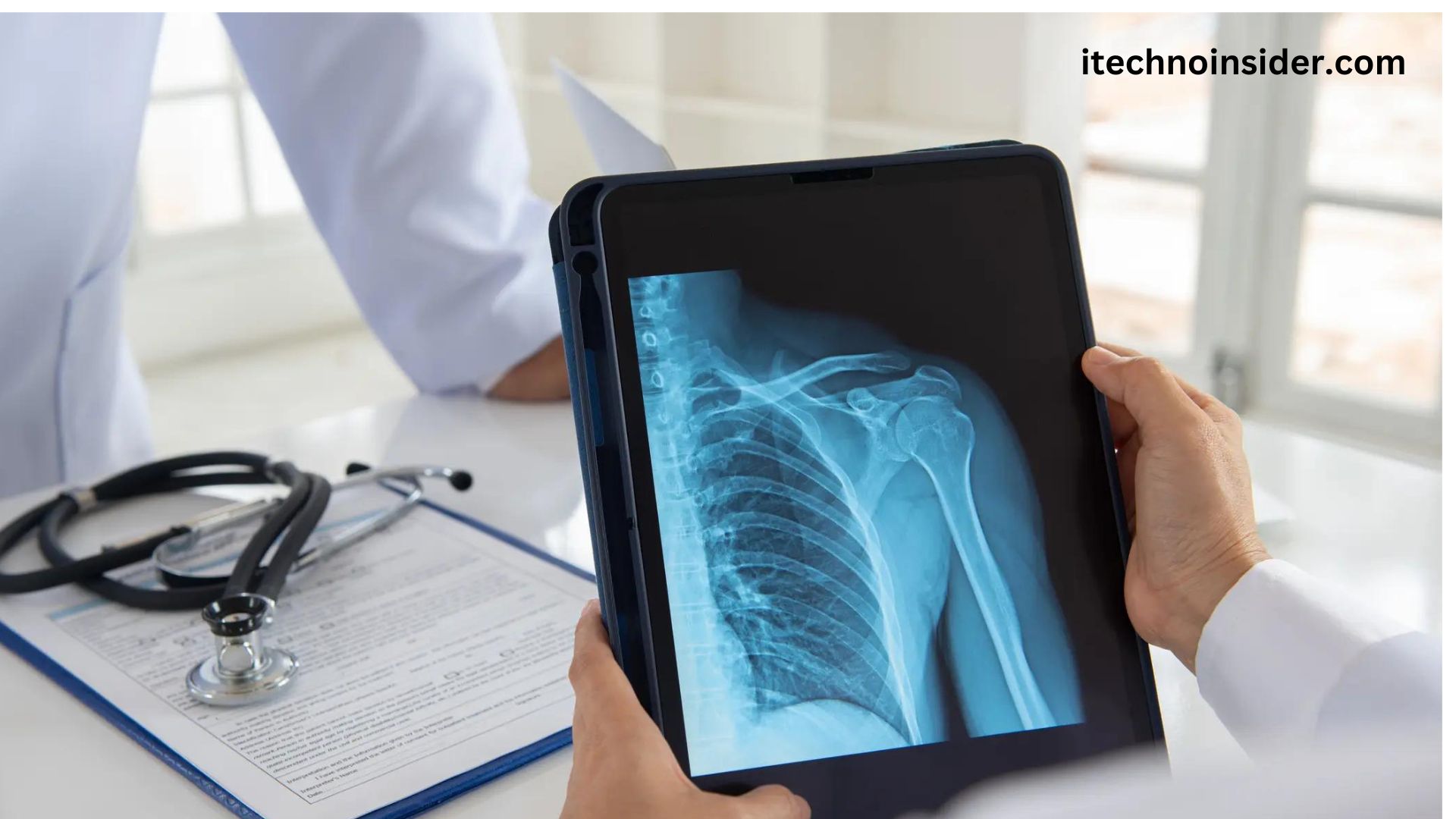
X-rays, or electromagnetic radiation like visible light and radio waves, allow doctors to see images of bones and soft tissue within the body. Developed by Wilhelm Conrad Roentgen in 1895, X-rays are an essential diagnostic tool for detecting injuries such as fractures and dislocations.
During an X-ray exam, the patient lies on a table while the imaging device passes through the body. Different parts of the body absorb varying amounts of radiation, with dense bone showing up as white on an image while air and soft tissue appear black.
Medically appropriate X-ray imaging exams provide important information to diagnose or treat disease and improve patients’ quality of life. However, X-ray exams are not without risks. They expose patients to a small amount of radiation, and repeated exposure increases a patient’s lifetime risk of cancer. This is a reason that it’s important to keep track of medical-imaging history.
4. Drones
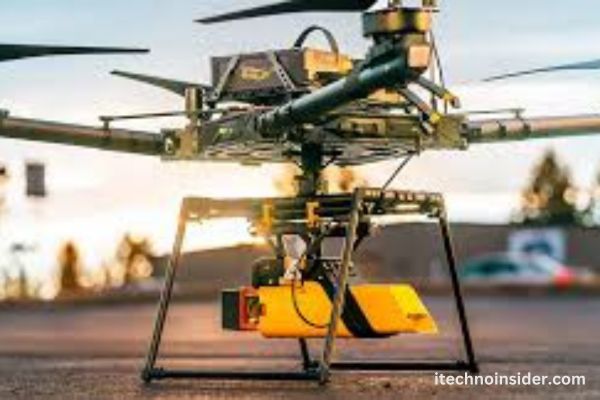
Drones, also known as unmanned aerial vehicles (UAV) are aircraft that don’t have any people on board. They were developed throughout the twentieth century for military missions that are too boring, dirty or dangerous for humans. They now have many non-military applications including aerial photography, crop surveying, acrobatic flying footage in film making, inspecting power lines and pipelines, river monitoring, animal tracking, policing and surveillance, and product delivery.
Despite their widespread use, drones still pose risks to data privacy. The ability to weaponize drones with releasable bombs or missiles is one major concern. Another is the proliferation of commercial off-the-shelf (COTS) drones that can be adapted for military purposes by skilled programmers. The first drone to fly under control was Archibald Low’s Aerial Target from 1916, a radio-controlled prototype for De Havilland Queen Bee seaplanes. This aircraft is now part of the collection at IWM.
5. Robotics
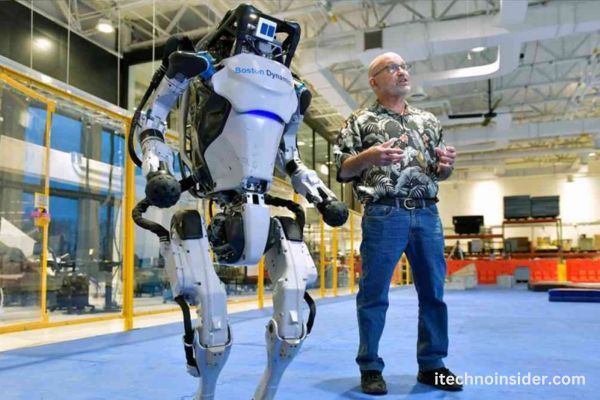
Robotics is a broad field that combines automation and engineering to create autonomous robot devices. This technology helps improve productivity and reduce costs, and it also enables us to do tasks that are too dangerous or time-consuming for humans.
Examples of industrial robotics include robot arms that assemble products and sort items, as well as robots that weld, paint or fix other machinery in factories or warehouses. Medical robots assist surgeons during procedures, and social robots can play with children or offer emotional support to those going through rehabilitation.
Other examples of robotics are teleoperated, such as the submarines used to stop oil leaks at the Three Mile Island nuclear plant or the free-range rover on Mars that sends data back to Earth. Software robots, which perform tasks without direct human control, are also considered part of this technology, such as chatbots that simulate conversation online or over the phone.
6. Wireless Communication
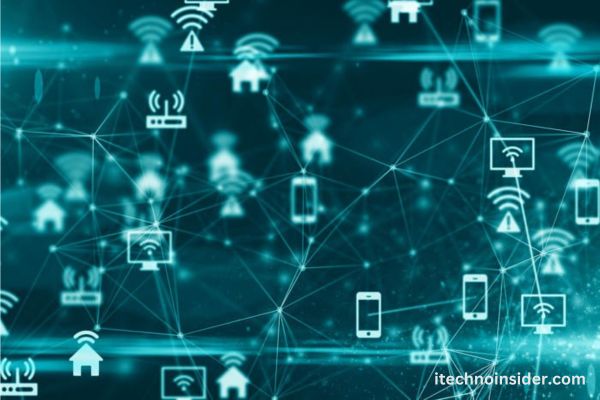
Wireless communication transmits data without using wires, enabling devices to communicate with each other over long distances. This technology uses electromagnetic waves, including radio frequencies, infrared, and microwaves. It has revolutionized modern life by providing countless ways to stay connected, from mobile phones and WiFi to satellite communication and GPS.
Cellular communication uses radio waves that are bounced off of cell towers and sent to phone receivers, allowing people to make calls even when they’re on the go. This is a critical inventions that has helped businesses connect with clients and keep employees safe while on the road.
However, cellular networks still have a significant performance gap with wired networks, as shown in Figure 7.2. The development of new technologies like cognitive radio and millimeter waves can help to improve wireless data rates. Also, optical wireless communication (OWC) is a promising alternative to conventional RF communications.
7. Integrated Circuit

A single integrated circuit (IC) contains multiple miniaturized electronic components etched onto a small piece of semiconductor material. ICs are orders of magnitude smaller, faster and cheaper than devices constructed using discrete components. The first IC, a phase shift oscillator consisting of one transistor, one capacitor and three resistors, was created by Jack Kilby at Texas Instruments on September 12, 1958. ICs can now contain billions of transistors and miles of interconnect wires, a capability known as very large-scale integration (VLSI).
VLSI enables circuits that would be impractical to manufacture using conventional technology. For ease of handling and assembly into printed circuit boards, ICs are packaged in hermetic packages. Each package is labelled with four pieces of information, including the manufacturer’s logo and part number, a unique manufacturing date code, and a serial number used to look up the device’s characteristics.
8. LED

Light-emitting diodes, or LEDs, have revolutionized our lives by providing us with brighter, more energy efficient lighting. They are made up of two layers of crystal stuck tightly together and emit light when an electric current passes through them. Physicists have been able to design them to produce different colors of light by combining them in the right way.
The inventions of the first LED lights began with the Inventions of electroluminescence in 1907. Henry Joseph Round observed this phenomenon in Silicon Carbide, but found that the yellow light emitted was too faint to be useful. In 1962, Nick Holonyak developed the first red LED-the first one to be visible on the spectrum-while working for General Electric. He is regarded as the “Father of the LED.” From there, advancements in the technology continued. It became cheaper to make and more powerful.
9. Personal Computer

The personal computer has radically expanded human capabilities and redefined the world we live in. It’s often easy to take these technology inventions for granted but they’re incredibly important.
The microprocessor is the key to personal computers, allowing them to be inexpensive enough for individual consumers to purchase. Prior to this development, most personal computers were sold as electronic kits which required end users to rely on time sharing or other multi-user systems for interaction with the machine.
The first kit to be marketed as a personal computer was the Kenbak-1, developed by John Blankenbaker and released in early 1971. It was based on early integrated circuit technology but did not include a microprocessor. The computer mouse was also a significant advancement in personal computing, making it much more user friendly and convenient. It’s now an essential piece of every modern computer.
10. Microwave

More than 90 percent of American households have a microwave, and it is a staple in many homes around the world. We can thank the invention of this appliance for making lunch and snacks quick and easy to prepare.
Like many great technology inventions, the microwave was a complete accident. It was invented in 1946 by Raytheon engineer Percy Spencer when a candy bar melted while he was testing a magnetron.
At first people were scared to use microwaves because of fears about radiation, but that eventually faded as the technology improved. The microwave has become one of the most useful inventions in history. It’s hard to imagine life without it. Like the steam engine, it is an invention that revolutionized the world. It made it possible to transport goods and fuel, power factories, create electricity, and grow food.







